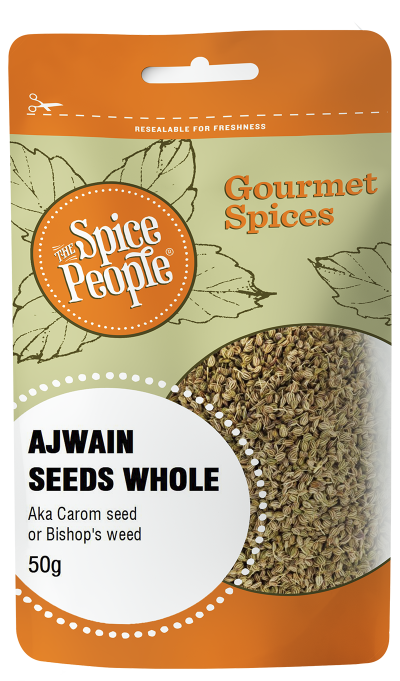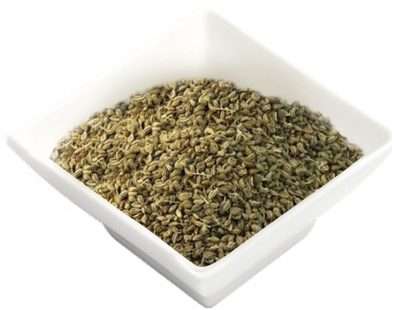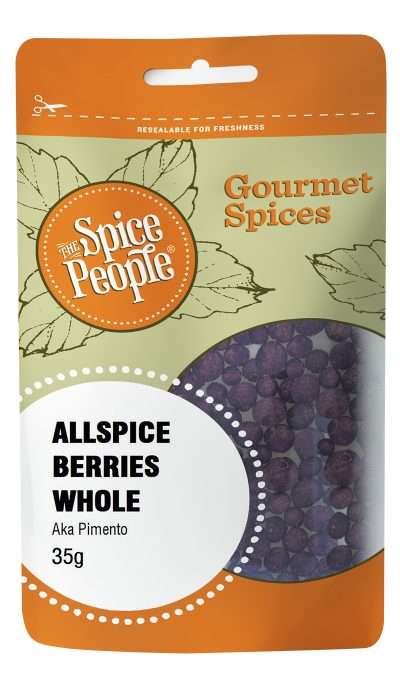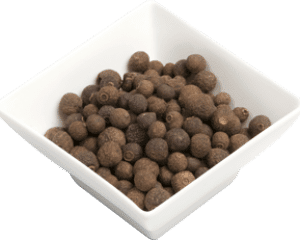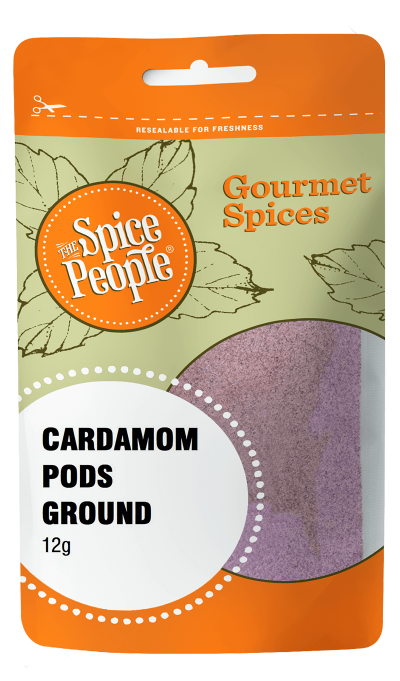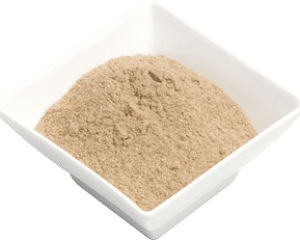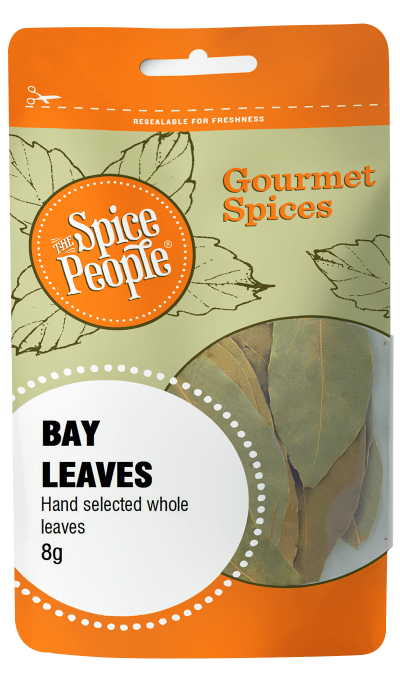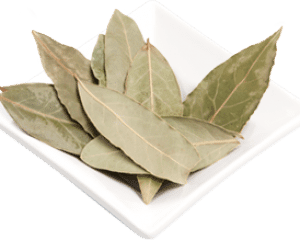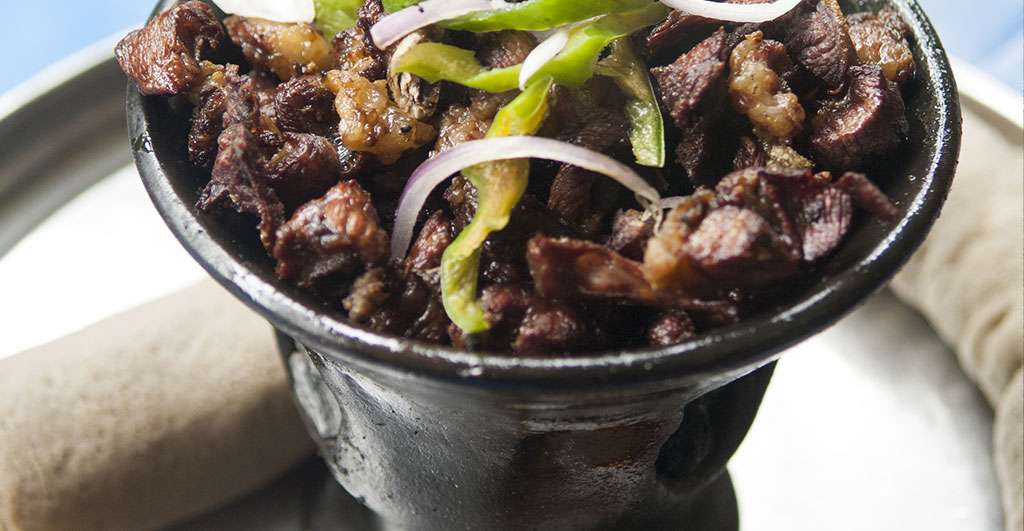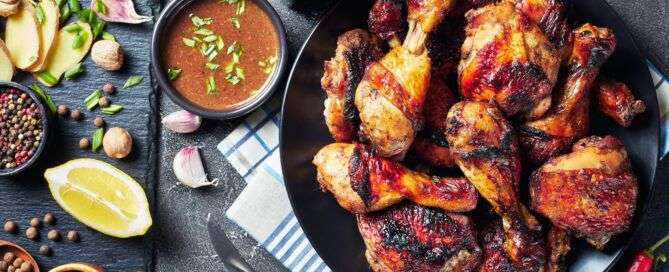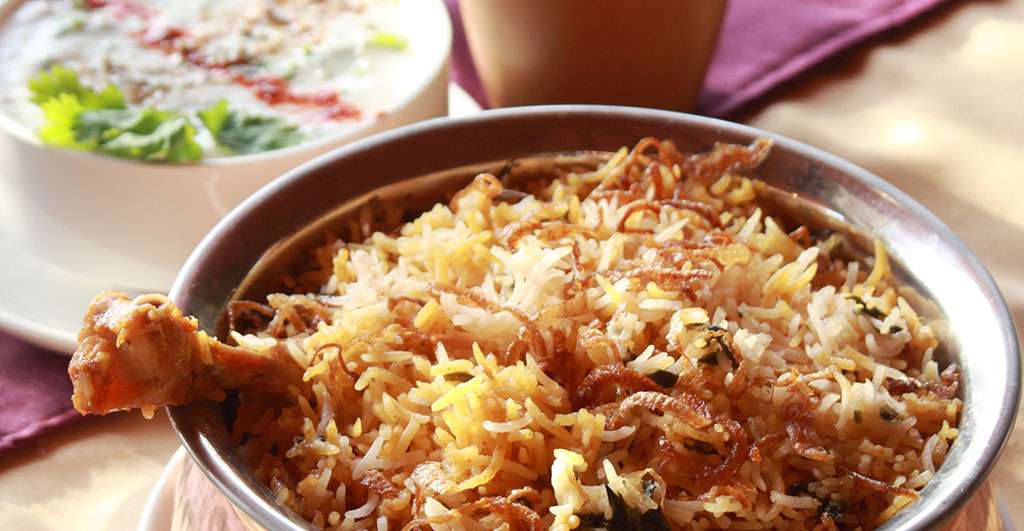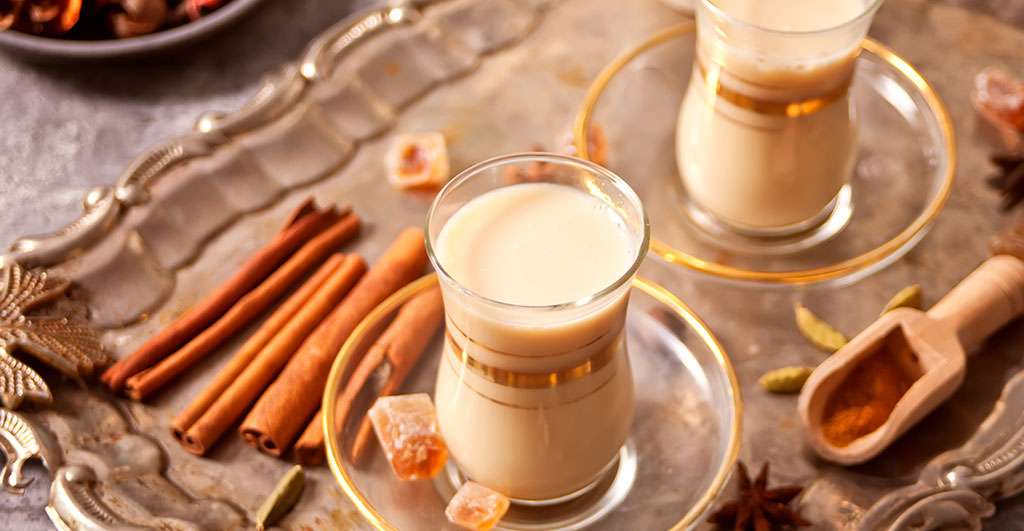Jamaican Jerk flavours of the world-35g
95 in stock
A sweet and spicy blend of pimento, allspice, and nutmeg with savoury notes of garlic and thyme, Jamaican Jerk is one of the Caribbean’s most iconic dishes. Traditionally made with pork, Jerk is now most well-known for its use in chicken dishes however pairs perfectly with seafood, fish, veg, you name it! Each packet has a recipe on the back of the packet or you can scan the Qr code and choose one of our other favourites! Servings: 8 Packet wt : 35g
Flavour Notes:
A sweet and spicy blend of pimento, allspice and nutmeg with savoury notes of garlic and thyme, Jamaican Jerk is one of the Caribbean’s most iconic dishes. Originally named after the cooking technique of ‘jerking’ in open-ground pits filled with smoking-hot coals, Jerk has become a flavour in its own right and its rich intensity achieves wonderfully smoky results without the need for a piping-hot coal pit. Traditionally made with pork, Jerk is now most well-known for its use in chicken dishes however pairs perfectly with seafood, fish, veg, you name it!
Culinary Notes:
The food of Jamaica is all about flavour bursts of fresh seasonal fruit and warm, earthy spices. With a temperate tropical climate, Jamaica is home to many ingredients we use in day-to-day life, including sugar, coconuts, and cocoa beans. Being an island by the sea, fish is super-popular. Their cuisine includes a mixture of cooking techniques, flavours and spices influenced by American Indian, African, Irish, English, French, Portuguese, Spanish, Indian, Chinese and Middle Eastern people who have inhabited the island throughout its rich history.
Health Benefits:
Our Jamaican Jerk blend is packed with Paprika for antioxidants, Cayenne for reducing blood pressure and Garlic for immune boosting.
Ingredients:
garlic, sea salt (9g), allspice, pepper, thyme, paprika, cayenne, cinnamon, nutmeg, and sage. Allergen advice: Packed in a facility that processes tree nuts and sesame seeds.
How to use

The Spice People FAQs


The Spice People FAQs

Other Spices you may like
Featured in



Join the Spice People to Get Started on Your Culinary Spice Journey!
Be the first to hear about our exclusive promotions, new product releases, recipes and more.








